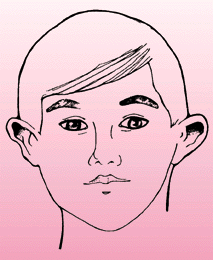 |
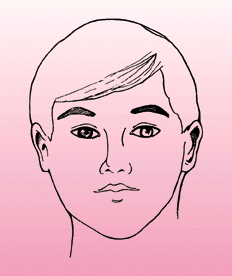 |
PLASTIC SURGERY FOR OUTSTANDING OR DEFORMED EARS
This operation is designed to correct deformed, flattened or protruding ears. Fig. 13; Fig. 14.
 |
 |
The surgery is preferably carried out before a child enters school to avoid classroom teasing, as this usually causes deep emotional scarring not always realized even by the parents of such children. It can be done anytime, however, some of the most satisfied patients are those who have had their protruding ears corrected in adult life, after years of "hiding them". The patient is usually discharged from the hospital the same day after surgery. The operation may also be carried out without hospitalization, under local anaesthesia. There is very little pain or discomfort following this type of surgery. The patient is required to wear a turban-type bandage over the ears for three days, following which hair can be washed. A headband is then worn day and night for one week and for another week just at night.
The results of the operation are usually dramatic. It should be realized however, that perfect symmetry is not reasonable to expect. Both ears are not alike even in the normal state. Frequently, they are not set at the same distance from the scalp and they are not attached to the head at the same level. Small differences do not defeat successful improvement since both ears are rarely seen at the same time.
Although the risks are very small, they will be discussed during your consultation visit.
The modern technique utilizes reshaping of the ear cartilage, rather than excessive cartilage removal. Permanent sutures are inserted under the skin to hold the ear in the wanted position. Sometimes, these sutures start to be rejected through the skin producing a sore or a small crust behind the ear. Usually such sutures can be removed under local freezing without compromising the result of the operation. At times, however, they may have to be replaced necessitating, minor outpatient surgery. In rare instances, the scar behind the ear, which is expected to be almost invisible, may grow thick and lumpy (Keloid). It can be significantly improved with further treatment.
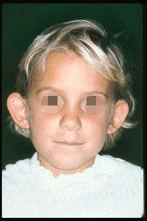 |
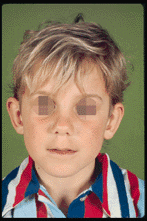 |

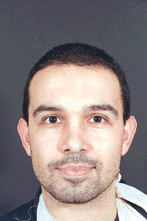 |
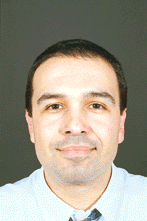 |
